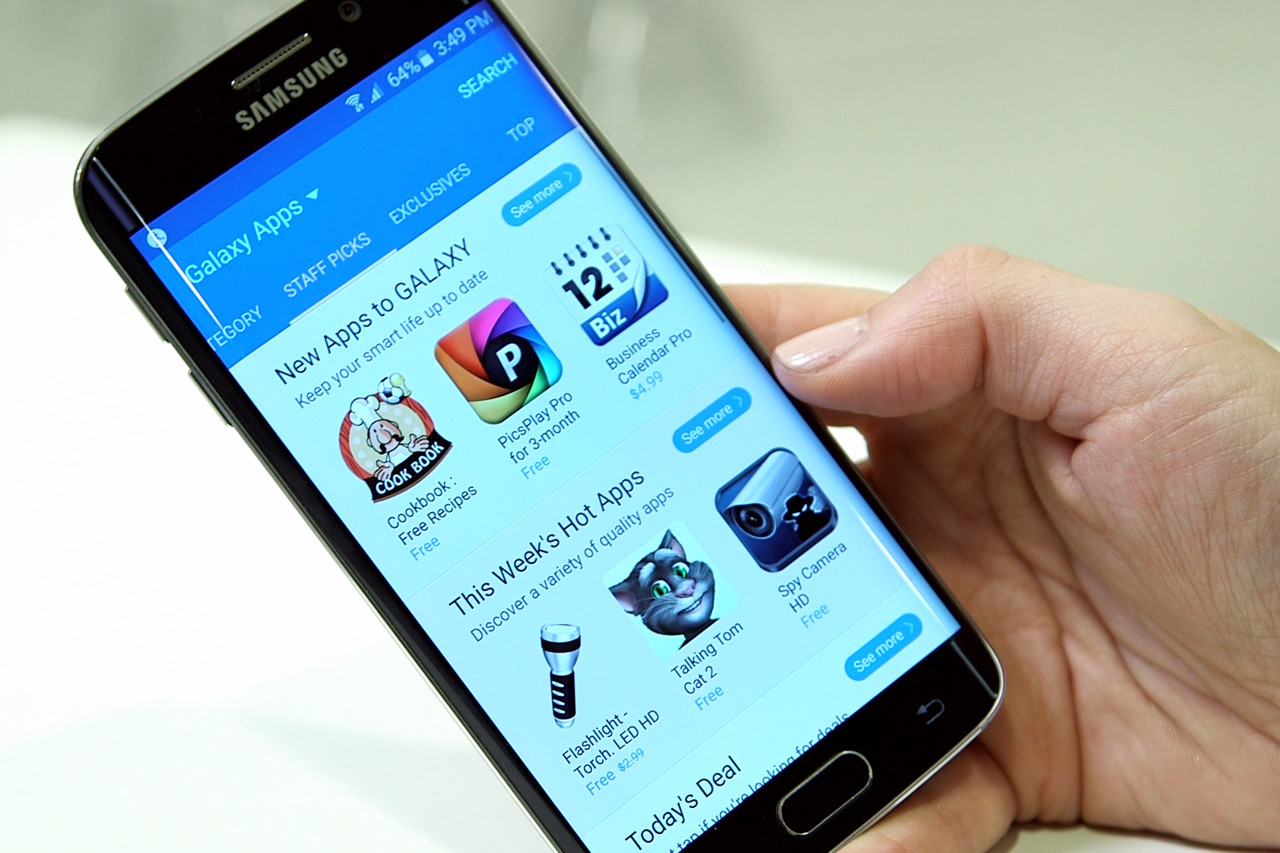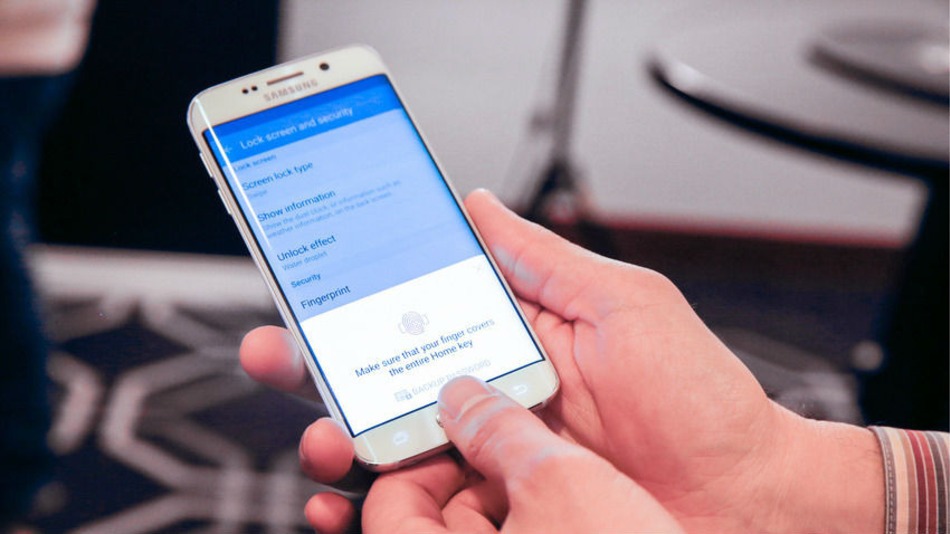How Samsung's Mobile Payment Platform Differs From That Of Apple's
Samsung announced its answer to Apple Pay on Sunday. The mobile payment platform is, of course, called Samsung Pay, and it seems to work much like Apple's system.
Samsung might be losing its title as the world's largest smartphone maker to Apple, but the South Korean company isn't going down without a fight. It unveiled Samsung Pay— its rival to Apple Pay— on Sunday, 1 March, at Mobile World Congress
The world's largest smartphone manufacturer on Sunday unveiled Samsung Pay, its own take on allowing you to pay for goods and services by waving your smartphone near the register instead of swiping a credit card. The announcement comes alongside the unveiling of the Galaxy S6 and Galaxy S6 Edge, which will be the first phones to use the feature.
"Samsung Pay will reinvent how people pay for goods and services and transform how they use their smartphones," JK Shin, co-CEO who runs the IT and mobile divisions at Samsung Electronics, said in a statement.
Samsung Pay and Apple Pay have a similar purpose. However, they both will work in different places, reports Business Insider.
The main purpose of both Apple Pay and Samsung Pay is to let you buy things in physical stores using your phone.
Apple Pay only works on the company's latest iPhones in retailers with near-field communication (NFC) technology. Over 200,000 retailers support Apple Pay, but not every retailers' sales system supports NFC.
Samsung Pay will also only work with the company's latest phone, the S6. However, Samsung's phones will work with NFC technology but also standard magnetic credit card readers, thanks to its recent acquisition of LoopPay. Because most U.S. retailers already have magnetic strip readers, more will automatically be able to accept Samsung Pay (the company says that 30 million merchant locations globally already have the potential to work with Samsung Pay).
"Apart from this key distinction between the two payment products, Samsung Pay largely has the same product attributes as Apple Pay," according to Evan Bakker, research associate for BI Intelligence.
Apple Pay launched in October and Samsung Pay will launch this summer, but both rely on shoppers using their fingerprint to authenticate purchases and neither Apple nor Samsung will have any access to information about what users bought or how much they paid.
It works much like Apple Pay, with one big difference
An earlier version of LoopPay’s MST technology. Instead of living in a phone sleeve, LoopPay will be embedded directly into new Galaxy S-series phones.
Image via wordpress.comSamsung Pay incorporates LoopPay technology to allow its phones to work at magstrip readers. These are the types of credit card readers seen at most U.S. retailers — but Apple Pay doesn't work with them. Apple's mobile payments require NFC (or near-field communication) for transactions, which is still an up-and-coming technology.
According to Mashable, some have already proclaimed that this difference gives Samsung an advantage in mobile payments
The U.S. has been slow in adopting more-secure chip or EMV payment technology. The idea is that people will be more prone to adopt Samsung Pay because it is more widely accepted by merchants.
Back when Apple Pay was first rolled out, Mashable examined the underlying security of the payment platform. Experts said that it was perhaps the most secure way to pay for things — excepting cash — now available. Even more than the most-secure credit cards.
Samsung Pay uses both near-field communications (NFC) and magnetic secure transmission (MST) technology from LoopPay
The Galaxy S6 will allow owners to make purchases with a tap of the smartphone thanks to the new Samsung Pay system.
Image via wsj.netThat means that it can not only make the same secure contactless transactions that Apple Pay can, but it can also make “swipe” purchases on the vast majority of older payments terminals that haven’t upgraded to NFC. Samsung has also retooled the new smartphones’ fingerprint sensors so they work with a press rather than a swipe, making it easier to initiate a purchase with a thumb tap.
According to the WSJ, to address security concerns around old magnetic-stripe technology, Samsung Pay will come with one-time-use encryption capabilities to cut down on fraud
That means each transaction will generate a unique electronic token that must first be authenticated by a card network such as Visa, MasterCard or American Express before it goes through.
“This is a pretty big step forward,” said Jim McCarthy, global head of innovation and strategic partnerships for Visa Inc., in an interview. “Samsung Pay’s acceptance is very broad because it can use the old terminals, while also running on the existing tokenization system that we have set up for Apple Pay. These devices will work at almost any terminal in the U.S.”
Tim Sloane, a payments analyst at Mercator Advisory Group Inc., a U.S.-based consultancy, called the technology a “breakthrough” and a major move toward helping Samsung build its credentials as an innovator in mobile software and services—never a strong suit for the handset maker.
“It will make Apple Pay acceptance appear extremely limited,” Mr. Sloane said in an interview. “It will position Samsung as having a product that is better than Google’s.”
So will Samsung Pay work with other phones?
Future phones will likely get it, too. Older models likely won't work, though. Although they have NFC, they don't have LoopPay.



